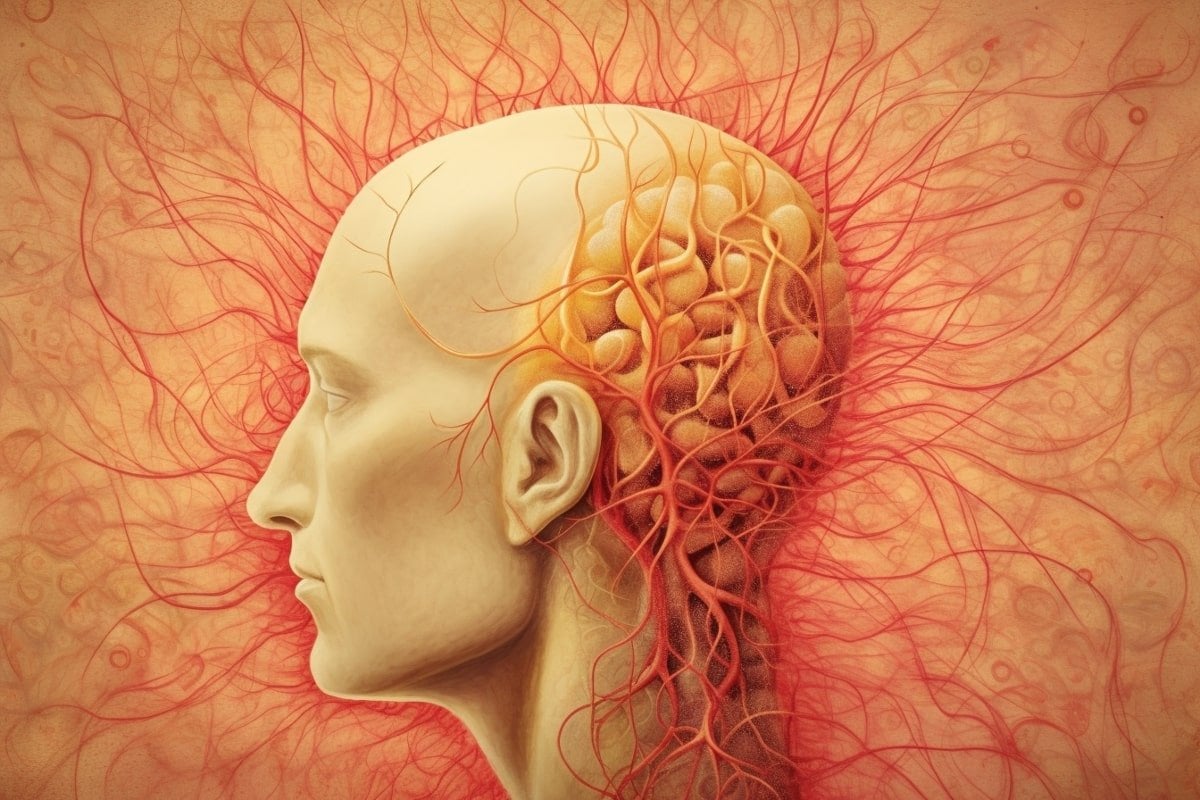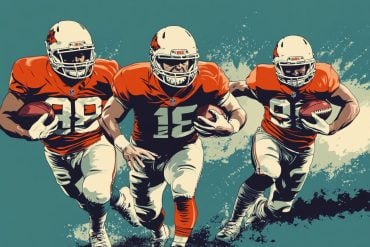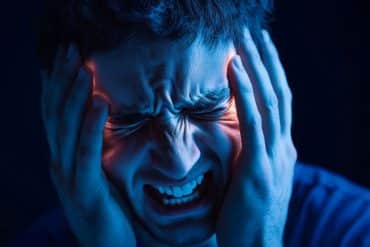Summary: In a new study, researchers discovered that age-related stiffness in hair follicle stem cells can inhibit hair growth. By enhancing the production of a tiny RNA, miR-205, they managed to soften these cells, encouraging hair growth in both young and old mice.
These findings indicate the potential for stimulating hair growth by manipulating cell mechanics.
This could pave the way for novel treatments for hair loss, with future tests set to determine whether topically delivered miR-205 can stimulate hair growth in humans.
Key Facts:
- Hair follicle stem cells can become stiff with age, hindering hair growth.
- Scientists have discovered how to soften these cells by increasing the production of miR-205, promoting hair growth.
- Future experiments will investigate if miR-205 can stimulate hair growth in humans when delivered topically.
Source: Northwestern University
Just as people’s joints can get stiff as they age and make it harder for them to move around, hair follicle stem cells also get stiff, making it harder for them to grow hair, reports a new Northwestern Medicine study.
But if the hair follicle’s stem cells are softened, they are more likely to produce hair, the scientists found.
Northwestern scientists discovered how to soften up those stem cells to enable them to grow hair again. In a study in mice published this week in PNAS, the investigators report that they can soften the stem cells by boosting the production of a tiny RNA, miR-205, that relaxes the hardness of the cells. When scientists genetically manipulated the stem cells to produce more miR-205, it promoted hair growth in young and old mice.
“They started to grow hair in 10 days,” said corresponding author Rui Yi, the Paul E. Steiner Research Professor of Pathology and professor of dermatology at Northwestern University Feinberg School of Medicine.
“These are not new stem cells being generated. We are stimulating the existing stem cells to grow hair. A lot of times we still have stem cells, but they may not be able to generate the hair.
“Our study demonstrates the possibility of stimulating hair growth by regulating cell mechanics. Because of the potential to deliver microRNA by nanoparticles directly into the skin, next we will test whether topically delivered miR-205 can stimulate hair growth first in mice.
“If successful, we will design experiments to test whether this microRNA can promote hair growth potentially in humans.”
This study was conducted in genetically engineered mouse models. The scientists used advanced microscopy tools, including atomic force microscopy, to measure the stiffness and two-photon microscopy to monitor cell behaviors in live animals.
Other Northwestern authors include Jingjing Wang, Yuheng Fu and Kathleen Green.
The article is titled “MicroRNA-205 promotes hair regeneration by modulating mechanical properties of hair follicle stem cells.”
Funding: This study was funded by the National Institute of Arthritis and Musculoskeletal and Skin Diseases grants AR066703, AR071435, AR043380, AR041836 and P30AR075049 of the National Institutes of Health.
About this genetics research news
Author: Marla Paul
Source: Northwestern University
Contact: Marla Paul – Northwestern University
Image: The image is credited to Neuroscience News
Original Research: Open access.
“MicroRNA-205 promotes hair regeneration by modulating mechanical properties of hair follicle stem cells” by Rui Yi et al. PNAS
Abstract
MicroRNA-205 promotes hair regeneration by modulating mechanical properties of hair follicle stem cells
Stiffness and actomyosin contractility are intrinsic mechanical properties of animal cells required for the shaping of tissues. However, whether tissue stem cells (SCs) and progenitors located within SC niche have different mechanical properties that modulate their size and function remains unclear.
Here, we show that hair follicle SCs in the bulge are stiff with high actomyosin contractility and resistant to size change, whereas hair germ (HG) progenitors are soft and periodically enlarge and contract during quiescence.
During activation of hair follicle growth, HGs reduce contraction and more frequently enlarge, a process that is associated with weakening of the actomyosin network, nuclear YAP accumulation, and cell cycle reentry. Induction of miR-205, a novel regulator of the actomyosin cytoskeleton, reduces actomyosin contractility and activates hair regeneration in young and old mice.
This study reveals the control of tissue SC size and activities by spatiotemporally compartmentalized mechanical properties and demonstrates the possibility to stimulate tissue regeneration by fine-tuning cell mechanics.








